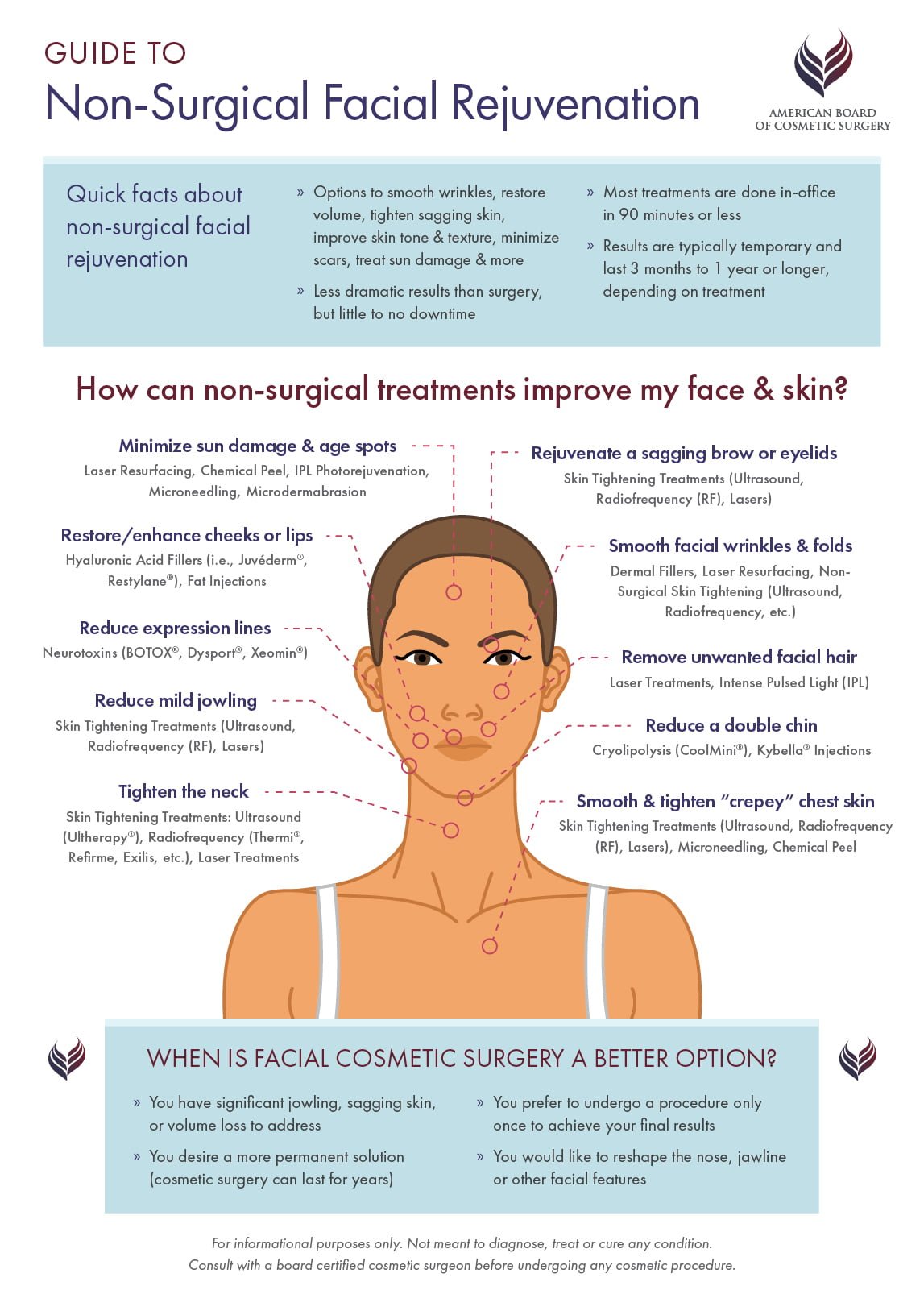Acne And Skin Allergies
Acne And Skin Allergies
Blog Article
Acne Therapy - What Are AHAs in Acne Treatment?
AHAs are a crucial component for unclogging pore blockages and brightening acne-prone skin. They work by breaking down dead skin cell buildup to advertise newer, fresher cells, and avoiding future blockages.
Formulating topical AHAs requires careful focus to various essential aspects that dramatically impact their efficacy and tolerability. Preserving the optimum pH array, along with car choice and focus, magnifies their exfoliative features while mitigating potential negative responses.
Glycolic acid
Glycolic acid is recognized for its light yet reliable exfoliating homes, which advertise skin's all-natural losing and loosen up the "adhesive" that holds dead cells externally of the skin. This helps unclog pores and minimize the appearance of fine lines and wrinkles, in addition to enhance total skin appearance and tone.
Surprisingly, topical glycolic acid has actually additionally been shown to stimulate the production of collagen, which is crucial in maintaining skin's firmness and elasticity. It is very important to keep in mind, nonetheless, that due to the fact that glycolic acid can boost the skin's level of sensitivity to sunshine, it is vital to put on sunscreen when using any products containing this ingredient.
Dermatologists pay careful attention to the formulation of items containing AHAs in order to maximize their efficiency and tolerability. Creating AHAs with the ideal lorry, in addition to pH and focus factors to consider, enables ideal skin penetration while reducing prospective unfavorable reactions. This is particularly essential for patients with sensitive skin, since AHAs are recognized to be gently bothersome.
Lactic acid
Lactic acid is located in lots of over the counter skin care products and some stronger specialist peels and therapies. It has the most affordable molecular weight of all the AHAs and is able to permeate deeper into the skin, where it is extra reliable at unclogging pores and scrubing.
Like glycolic acid, it also stimulates collagen synthesis, which aids reduce great lines and wrinkles and improve skin appearance. In addition, it has moisture-retention residential properties, which makes it more suitable for drier skin kinds than various other AHAs.
The substantial body of medical data substantiating the efficiency of topical AHAs sustains their utility in a wide variety of dermatological ailments and visual issues. These include detailed skin renewal procedures, depletion of great lines and wrinkles, lightening of hyperpigmentation, therapeutic treatment for actinic keratosis, and acne administration [2] Optimizing the formulation of AHAs by stabilizing pH, concentration, and vehicle option additionally enhances their healing capacity. These careful factors to consider make it possible for skin specialists to deliver secure and efficient treatments that give remarkable medical outcomes.
Mandelic acid
Mandelic acid, originated from almonds, is one more participant of the AHA household and is a popular active ingredient in items that help deal with acne. Its larger molecular size indicates it permeates the skin more gradually and carefully, which can lower the capacity for irritation. It's additionally less likely to activate inflammation and various other skin sensitivity issues, making it appropriate for sensitive skin kinds.
Mandelic Acid is thought to help in reducing inflammation and increase hydration. It works by loosening up the bonds between dead skin cells, allowing them to lose and reveal fresher-looking skin. It additionally helps reduce the look of enlarged pores.
Creating topical products with AHAs calls for an exact balance of crucial factors that substantially impact their efficiency and tolerability. In particular, the pH of an AHA solution has been revealed to play a vital duty in its capability to advertise exfoliation and boost skin tone and appearance. Achieving this ideal concentration is a difficult goal and needs thorough interest to the numerous elements that influence the botox cosmetic formulation procedure.
Citric acid
Citric acid, found in citrus fruits such as oranges and lemons, is a moderate AHA. It's much less annoying than glycolic or lactic acid, making it preferable for sensitive skin. It likewise has astringent residential or commercial properties, aiding to dry out excess oil.
Like other AHAs, citric acid can be made use of in chemical peels and daily active/maintenance therapies to exfoliate the skin and promote cell turn over. It can help reduce the look of dark places and hyperpigmentation, as well as great facial lines.
It can likewise raise the synthesis of glycosaminoglycans, which play an essential function in reinforcing the skin barrier feature. This aids to avert trans-epidermal water loss, and keep optimum hydration levels in the skin [35]
AHAs can be integrated with soothing components such as ceramides or hyaluronic acid to boost their tolerability. They can be incorporated into day-to-day active/maintenance skin care through lotion or product formulations. This enables experts to tailor their AHA therapies based upon patient requirements and choices, with the adaptability of choosing from various therapy intensities or concentrations.